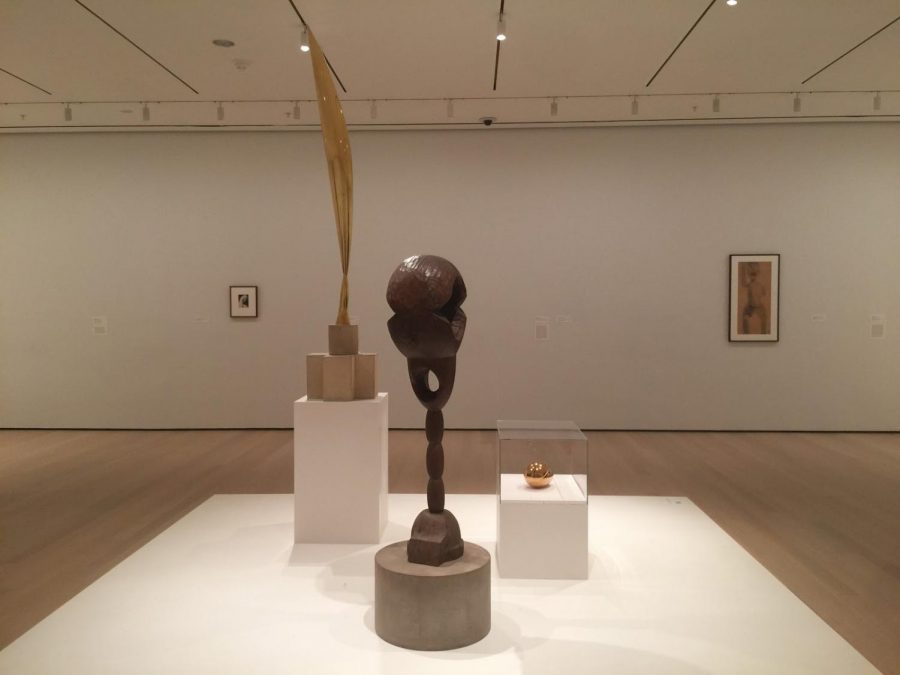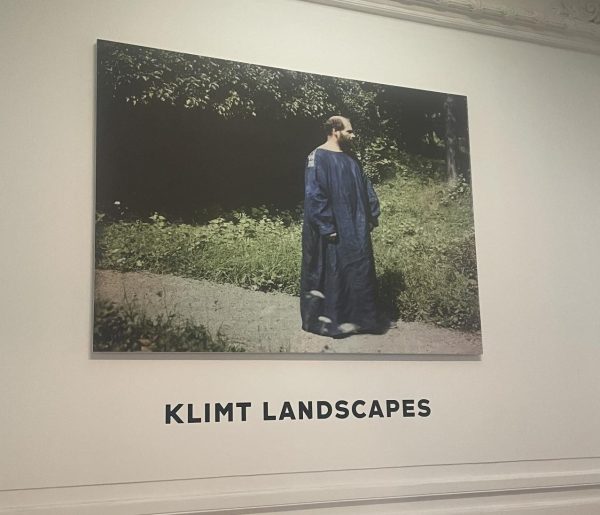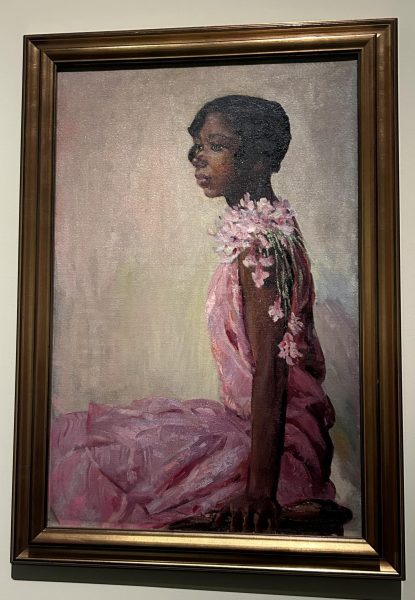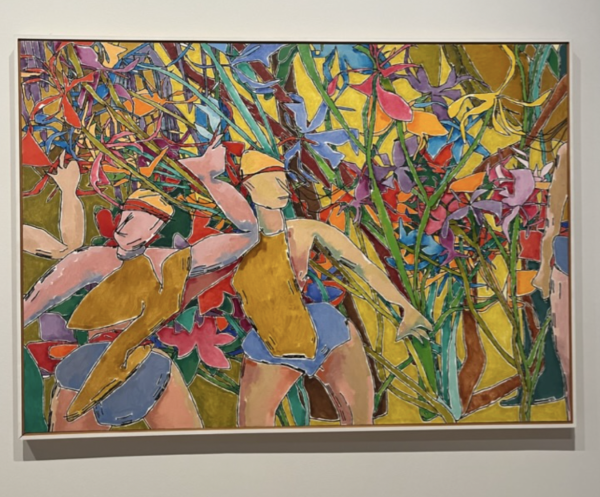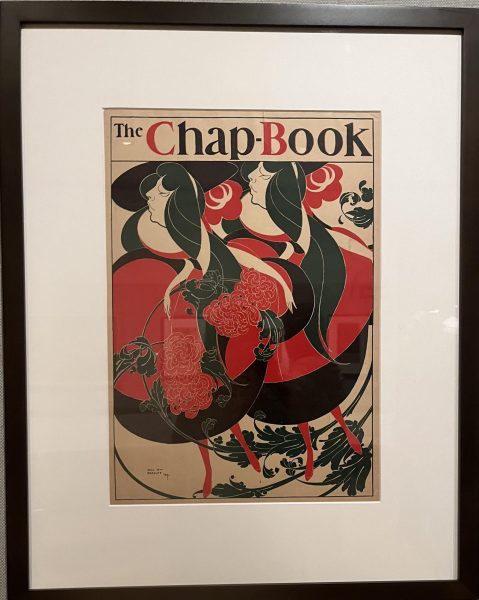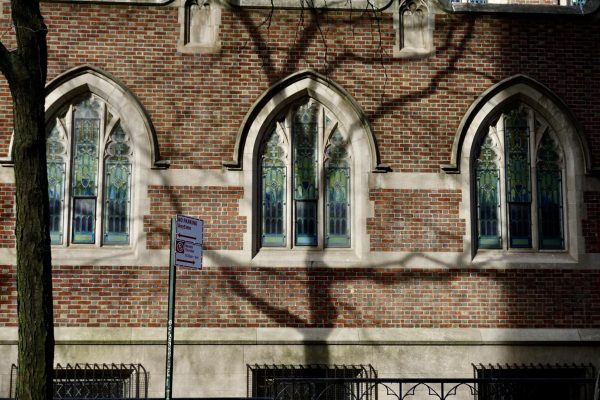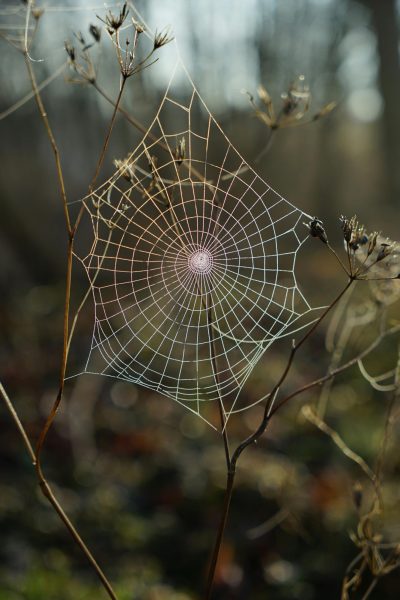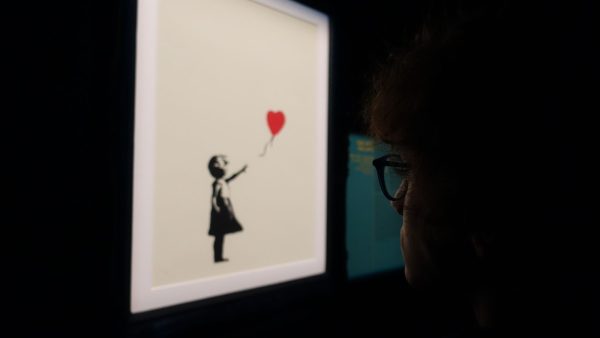MoMA Exhibit About Sculptor Constantin Brâncuși
From left to right: ‘Untitled (Head of a Young Woman)’ (1910), ‘Bird in Space’ (1941), ‘Socrates’ (1922), ‘The Newborn (Version I)’ (1920), and ‘Study related to “The First Step”’ (1913)
Upon entering the exhibit, the first thing in sight is a monochrome video clip panning up a long column of interlocking pyramids. It is a bizarre structure that can only be described as an ossified cord, and it is beheld in-the-round at the turn of a corner. A closer inspection of a plaque on the wall reveals its grandiose title: Endless Column.
Well, not quite so “endless” as the towering structure depicted in the video. The one on display is much smaller, being a beta version of the Endless Column on tape. “Endless” refers to the illusion of infinite undulation that the stacked pyramids create, rather than the structure’s apparent length. The sculptor, Constantin Brâncuși, is known for working with motifs that are deceiving in their simplicity. His works are currently on display at the Museum of Modern Art.
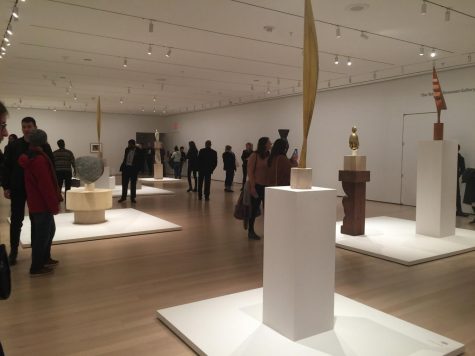
The Tatyana Grosman gallery at the Museum of Modern Art, where the Brâncuși exhibit is being held.
Brâncuși was born into a peasant family in Hobiţa, part of a region in Romania that was prolific in traditional craftsmanship. He displayed prodigious aptitude in woodwork and impressed an employer, who promptly enrolled him into the Craiova School of Arts and Crafts. He then went on to study at the Bucharest School of Fine Arts, where his talent for sculpture truly began to shine. After graduation, he left for Paris…on foot.
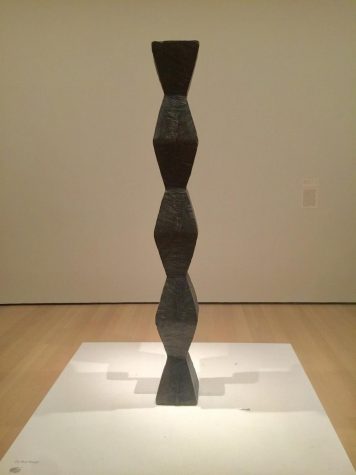
‘Endless Column,’ version 1. Created in 1918, it is the earliest rendition of what is to be many similar ‘Endless Columns.’
Once in Paris, he deliberately played up this ambulatory pilgrimage to appeal to circles that sought esoteric characters. As a Romanian nomad, Brâncuși had no problems carving a niche among the resident haute bohèmes and other influential artists. In fact, he was able to nab a brief stint under the renowned sculptor Auguste Rodin before quitting, claiming that, “nothing grows under the shadow of big trees.”
Upon achieving independence, Brâncuși began developing his own distinct style. Some members of the Bronx Science art community have commented on it. “[It] gives off an earthy vibe… I would say it’s very texture-focused,” said Alex Chen ’19, Vice President of Painting Club. Chen was not alone in this observation: “He seems to like placing large figureheads that look like smooth stones found by the side of a river on top of narrower pedestals,” said Jeffrey Luo ’20, Secretary of the Starving Artists Society.
Both comments are apt descriptions of the collection, which was minimally rendered through Brâncuși’s preferred natural mediums of marble, stone, bronze, wood, and metal. Jane Royal, who works in the MoMA Education Department, classified it as the “essence of the material.”
“The essence of flying and of being a bird, that’s what he’s trying to capture,” Royal said, singling out the marble figurine behind her. The figurine in question is called Maiastra, and alludes to an avian deity in Romanian folklore. It serves as an indicator of how influential Brâncuși’s heritage was on his artwork. “He had an outsider[’s] perspective, a Romanian way of thinking about the world… that’s what makes him so modern,” Royal said.
“The essence of flying and of being a bird, that’s what he’s trying to capture,” Jane Royal said.
It is precisely this modernity that has earned him a place in the Museum of Modern Art, which, incidentally, is in the throes of a renovation. The projected expansion includes the extended Westside wing, five new gallery rooms, three new lounge areas, renovated recreational spaces such as the coat check and the café, and a brand-new entryway.
With its new assets, the museum will be able to accomodate more visionary works, akin to those of Constantin Brâncuşi, to be appreciated by the public.
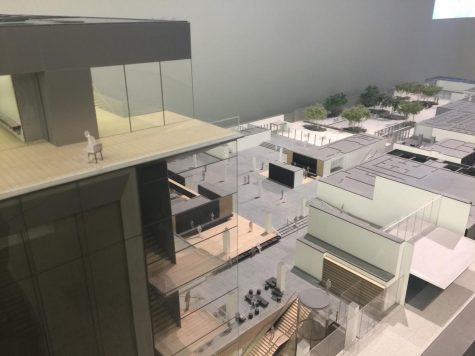
A close-up of the model for the MoMA expansion. There are to be a performance studio, a projects room, a lounge, and up to 30% more gallery space.
Michelle Li is a Copy Editor for ‘The Science Survey’ and a People Section Reporter for ‘The Observatory.’ She enjoys journalistic writing because...

